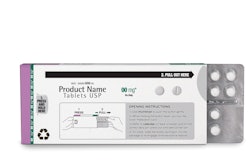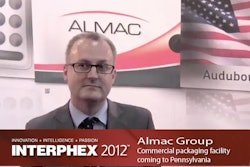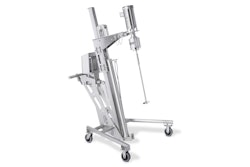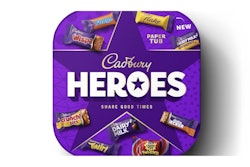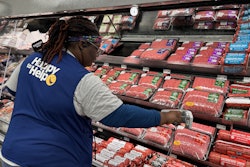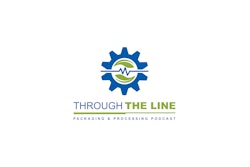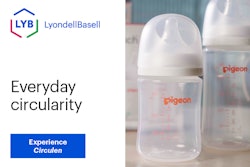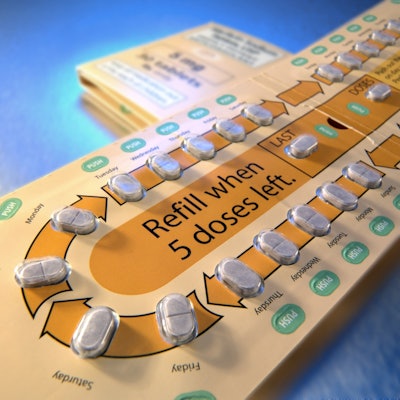
The package form used for compliance-prompting packaging is not necessarily new, says Walter Berghahn, president, SmartRmeds for Life, and the executive director of the Healthcare Compliance Packaging Council. He recalls, “The most notable early development of compliance-prompting packaging was the birth control compact, circa 1960.
“Those of us in the industry are continually scratching our heads that uptake [of compliance-prompting packaging] has not been more significant. No other drug can boast the compliance rates of the birth control pill.” He points out that the oft-referenced argument that birth control adherence rates are so high (some say around 95%) because women understand the risk of pregnancy, “falls away rapidly when we consider organ-rejection drugs, [a condition with a higher risk than pregnancy—that being organ rejection and death], which have compliance rates in the 86-percent range.”
Berghahn anticipates, “One of the biggest game changers today will come not from the drug manufacturer but from the other end of the supply chain, the caregiver, or more appropriately, the "payer" to whom the caregiver is responsible. As accountable care organizations and pay-for-performance models continue to evolve, the pressure will increase on the caregivers to find ways to increase medication adherence, which is directly related to the improved health outcomes that will directly affect their bottom line.



